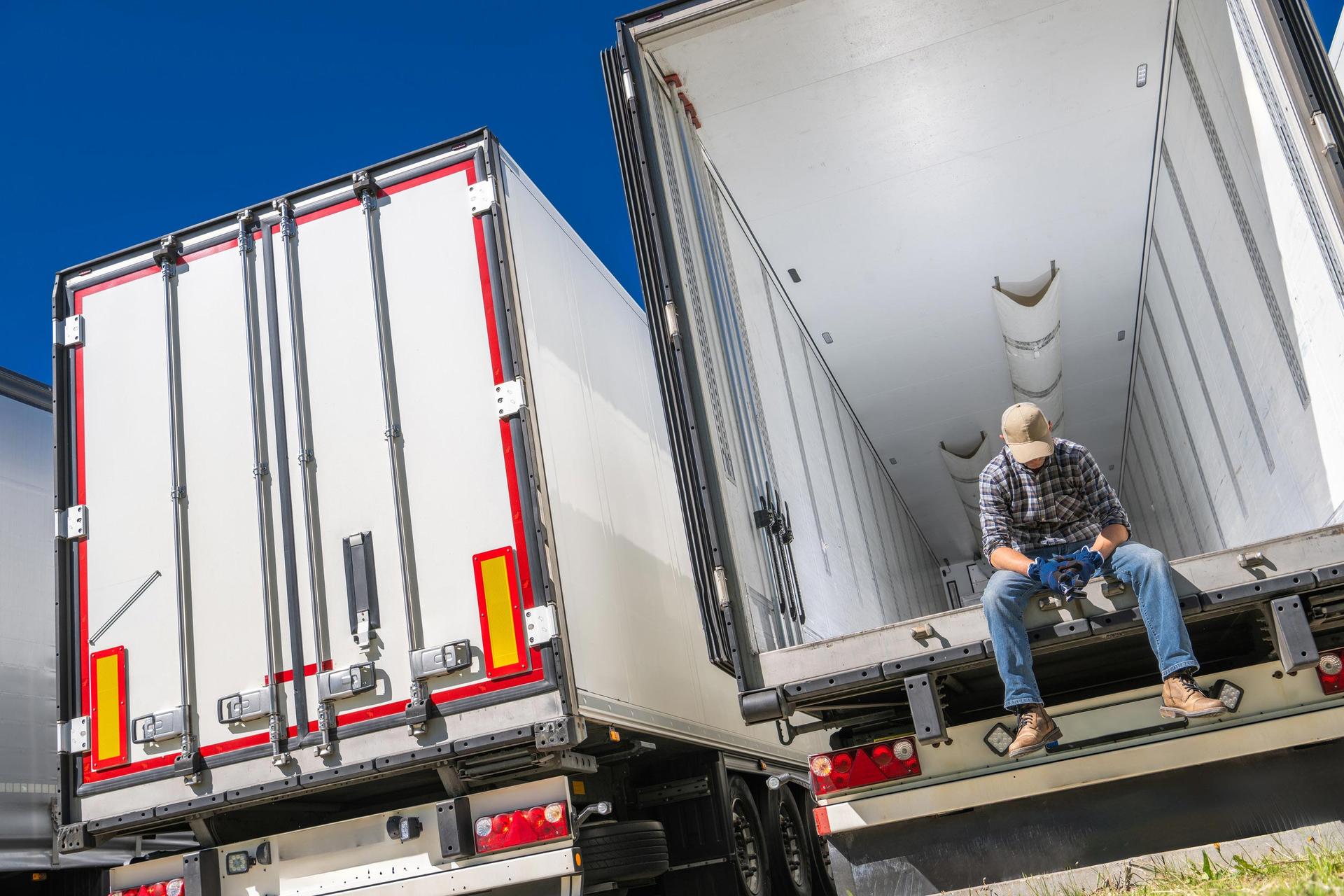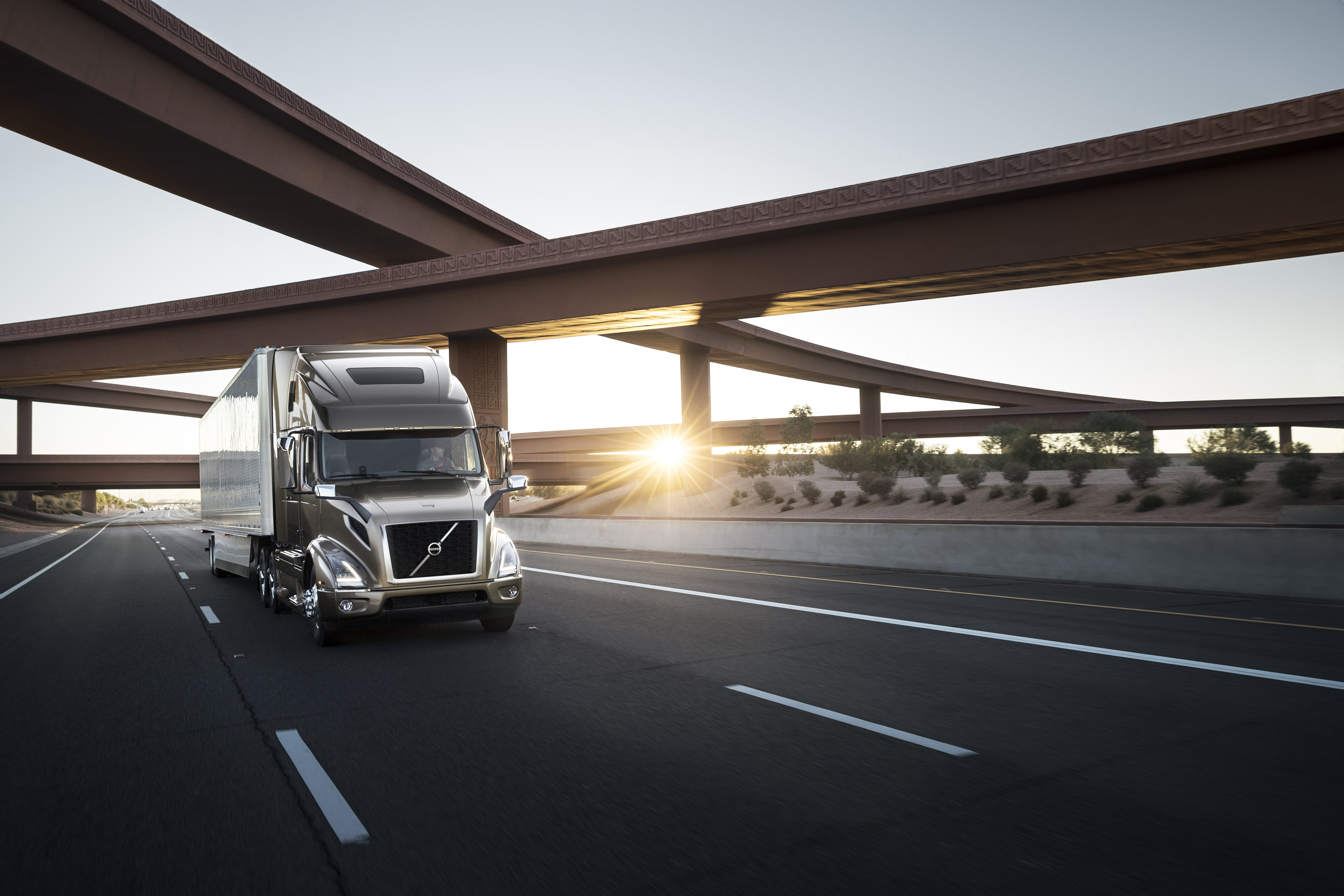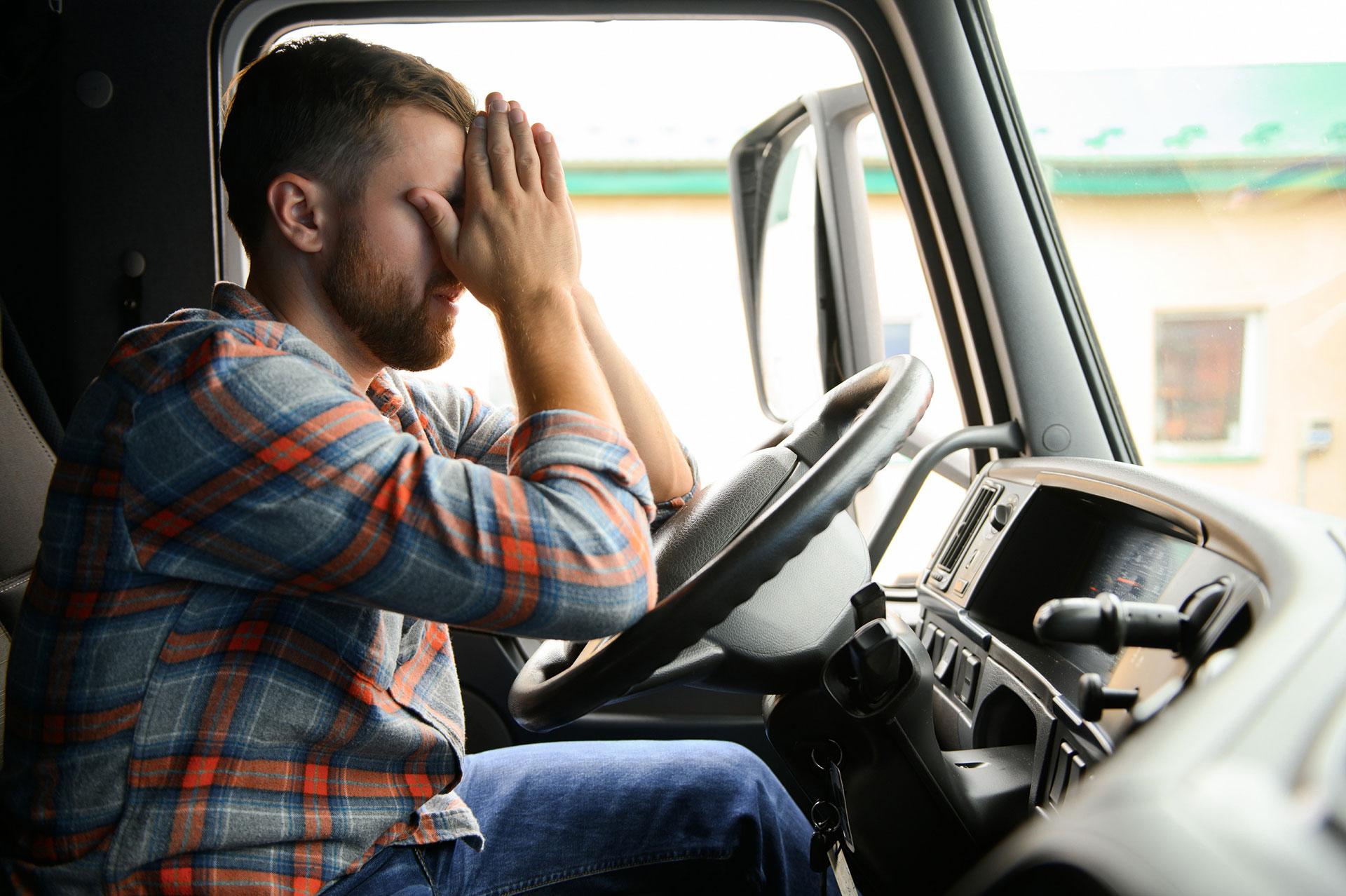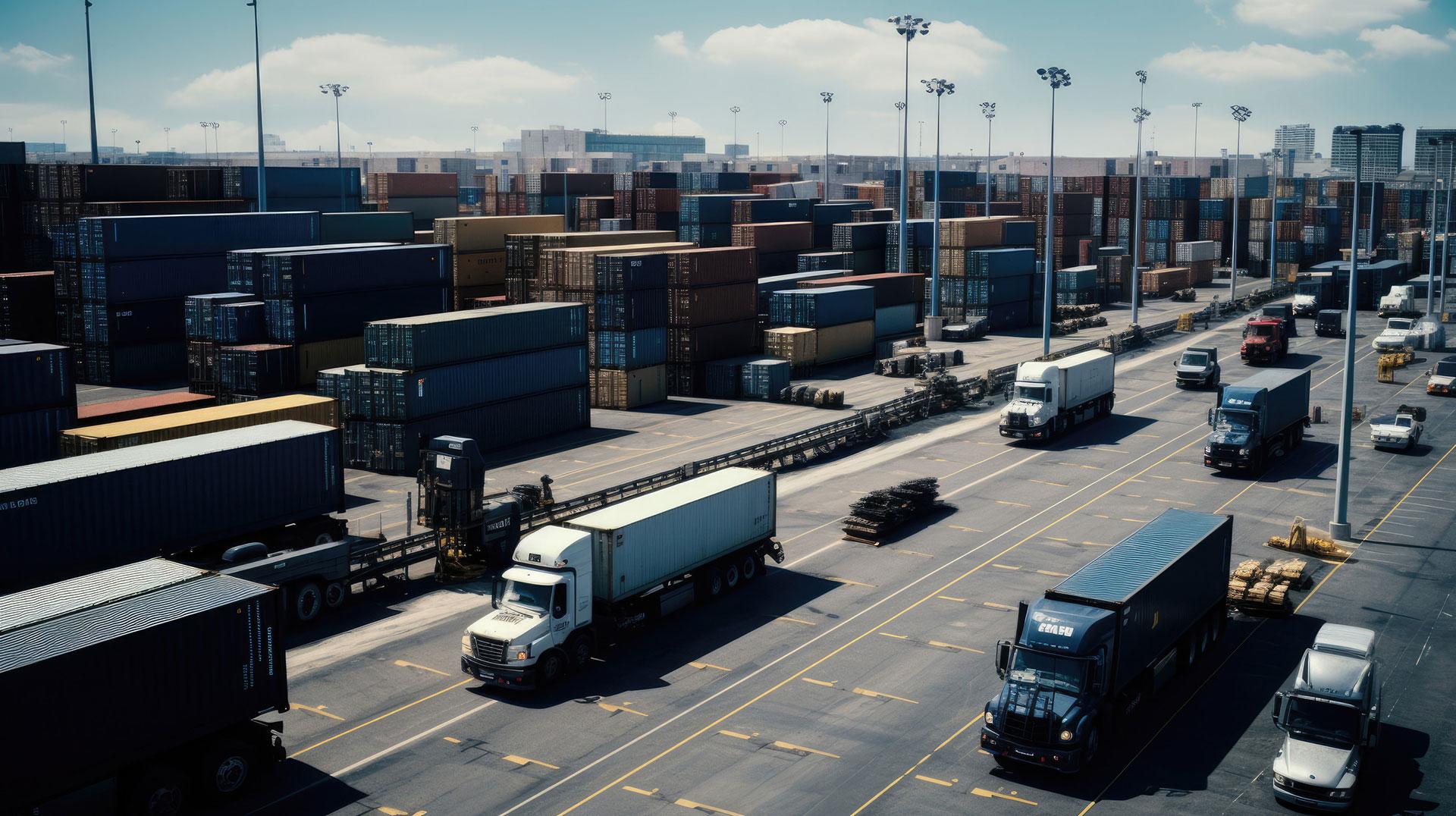The Role of Semi-Trucks in Disaster Relief
February 22nd, 2025
By Arrow Truck Marketing

Every disaster has one thing in common: relief efforts involve semi-trucks. Semi-trucks quite literally drive disaster relief by transporting essential supplies to communities in crisis. When hurricanes, wildfires, floods, and earthquakes strike, truckers step up to deliver critical resources to affected communities. Recent disasters, including the devastating wildfires in Los Angeles and hurricanes in Florida, highlight the urgency of rapid and efficient supply chain logistics. Whether you're an owner-operator, fleet manager, or part of a large carrier, your role in disaster response cannot be overstated.
Delivering Critical Supplies in Times of Crisis
Emergency response depends on the ability to transport vital goods without delay. Truckers haul all of it, including the following:
Medical supplies, such as vaccines, first-aid kits, and essential medications.
Food and clean water to sustain displaced populations.
Shelter materials like tarps, tents, and construction supplies for rebuilding efforts.
Generators, fuel, and power restoration equipment to aid emergency responders.
Without truck drivers stepping up in times of crisis, these critical items wouldn't reach those in need quickly enough. Speed is everything when lives are on the line, and having trucks ready to roll makes a real impact.
How Trucking Professionals Can Prepare for Disaster Relief
Being ready to respond requires planning ahead. Here's what you can do:
Maintain Your Fleet
: Keeping trucks in top shape with regular inspections and maintenance ensures they're ready when an emergency call comes in.
Secure Emergency Permits
: Pre-approved transport permits eliminate delays when time is critical.
Train Drivers for Disaster Response
: Understanding emergency routes, hazardous conditions, and relief protocols helps drivers navigate unpredictable environments.
Establish Reliable Communication
: Staying in touch with relief coordinators and emergency responders helps truckers get where help is needed most.
Build Strong Supply Chains
: Working with multiple fuel suppliers, wholesalers, and logistics partners helps avoid bottlenecks during relief efforts.
Taking these steps means you'll be in the best position to help when disaster strikes. Preparedness isn't just about having the right equipment—it's about having a plan in place to act quickly and effectively.
The Challenges of Disaster Relief for Truckers
Responding to disasters certainly comes with challenges; quick thinking and adaptability help truckers avoid pitfalls that can delay assistance. Some of the most dangerous conditions for truck drivers include the following:
Damaged Infrastructure
: Destroyed or impassable roads, bridges, and highways may force truckers to reroute and coordinate with local authorities to find alternative paths.
Limited Fuel Availability
: Natural disasters often disrupt fuel supply chains, making it difficult for truckers to refuel in affected areas. Advanced route planning and strategic fuel partnerships can mitigate the effect of these disruptions.
Security Concerns
: Some disaster-stricken regions experience looting or civil unrest, which puts drivers at risk. Truckers must be trained to recognize these situations and remain in constant communication with relief coordinators in order to stay safe.
Extreme Weather Conditions
: Driving big rigs through hurricanes, wildfires, floods, and icy conditions is dangerous; drivers must be prepared with the right equipment and training to handle hazardous environments.
Understanding these and other similar challenges helps trucking professionals prepare to make disaster relief efforts safe, efficient, and effective.

Collaborating with Government and Relief Organizations
Disaster relief is always a team effort. Trucking companies that collaborate with emergency organizations maximize their impact. Some key partners include:
FEMA and State Emergency Agencies
: Coordinating logistics for large-scale relief operations.
The Red Cross and Nonprofits
: Delivering supplies directly to shelters and medical facilities.
Local Governments and First Responders
: Ensuring last-mile delivery in hard-hit areas.
Retailers and Manufacturers
: Partnering with private sector companies that donate goods or need help distributing aid.
Establishing relationships with these groups before disaster strikes makes all the difference. Knowing who to call and how to work together can cut down response time and get supplies where they need to go faster.
Truckers Are Essential to Recovery
Beyond immediate disaster response, truckers play a major role in rebuilding efforts. Hauling construction materials, removing debris, and delivering long-term supply shipments allow communities to recover and rebuild infrastructure. Many drivers go the extra mile by volunteering their time and resources to assist those in need. Whether it's hauling relief donations, offering discounted transport, or donating supplies, trucking professionals make a difference.
Trucking companies also help businesses in disaster-stricken areas restock shelves and restart operations. A functioning supply chain is key to both short-term relief and long-term economic recovery.
How Trucking Companies Can Get Involved
If you're in the trucking industry and want to be part of disaster relief efforts, here are some ways to contribute:
Partner with relief organizations
to provide transportation support.
Dedicate trucks and drivers
for emergency deployments when needed.
Offer training and incentives
for drivers participating in relief efforts.
Work with local governments
to set up pre-arranged disaster response plans.
Provide warehouse space
to store emergency supplies before a disaster hits.
Use technology
like GPS tracking and route optimization to improve efficiency in relief logistics.
Even small contributions can have a major impact. Whether it's donating fuel, providing transport at reduced rates, or volunteering in affected areas, trucking professionals can make a significant difference in disaster recovery.
Supporting the Trucking Industry's Role in Disaster Relief
Truckers don't just keep America moving—they step up when communities need help the most. Supporting the industry's role in disaster relief strengthens emergency response capabilities; policymakers, businesses, and individuals make a difference by recognizing and backing the contributions of trucking in times of crisis.
Choosing to work with trucking companies involved in relief operations helps consumers and businesses sustain these critical efforts. Every shipment delivered, every load hauled, and every mile driven in disaster relief contributes to saving lives and rebuilding communities.
Arrow Truck Sales: Helping Truckers Stay Ready
Having reliable equipment is essential for trucking professionals involved in disaster response; if your truck doesn't work, you can't help. Arrow Truck Sales offers the largest selection of used trucks for sale that can handle the demands of emergency logistics. Whether you're responding to a crisis or helping communities rebuild, the right truck helps you make a difference.
By staying prepared, collaborating with relief organizations, and investing in disaster-ready fleets, trucking professionals will continue to be a critical part of disaster relief and recovery. As natural disasters become more frequent and severe, the trucking industry's role in emergency response will only grow. You have the power to help—not just in logistics, but in saving lives and restoring communities.

